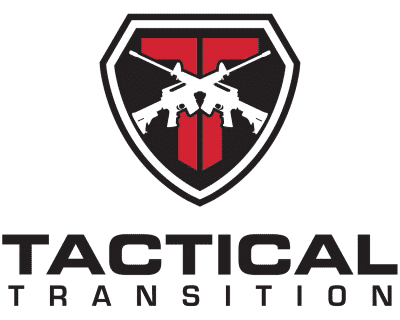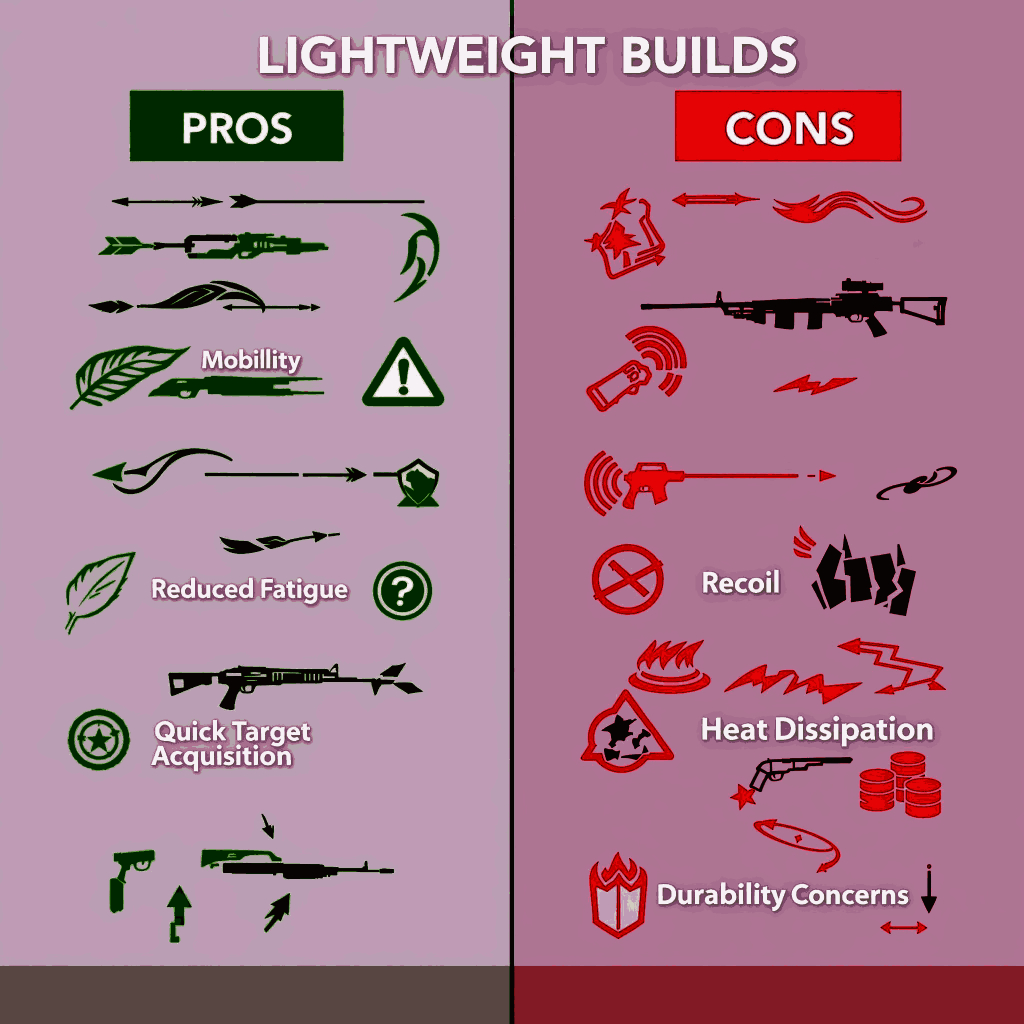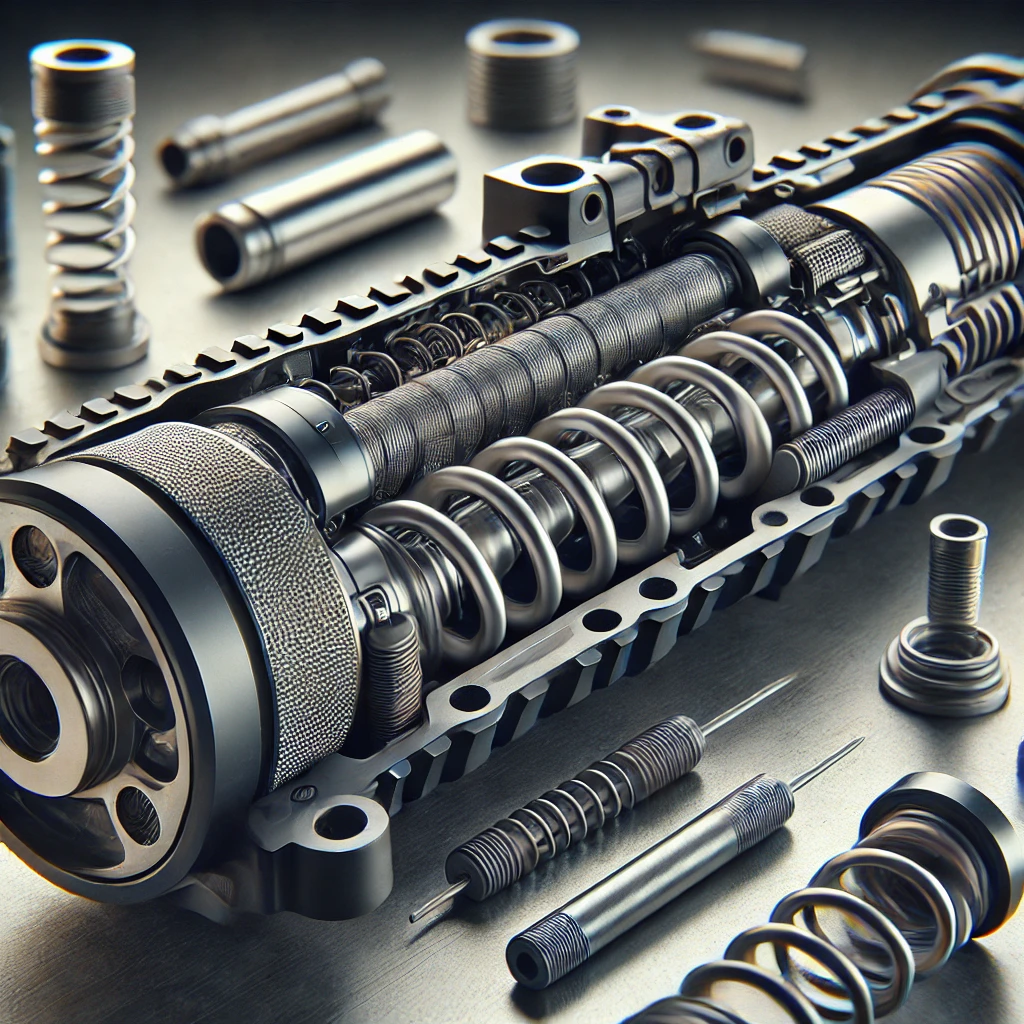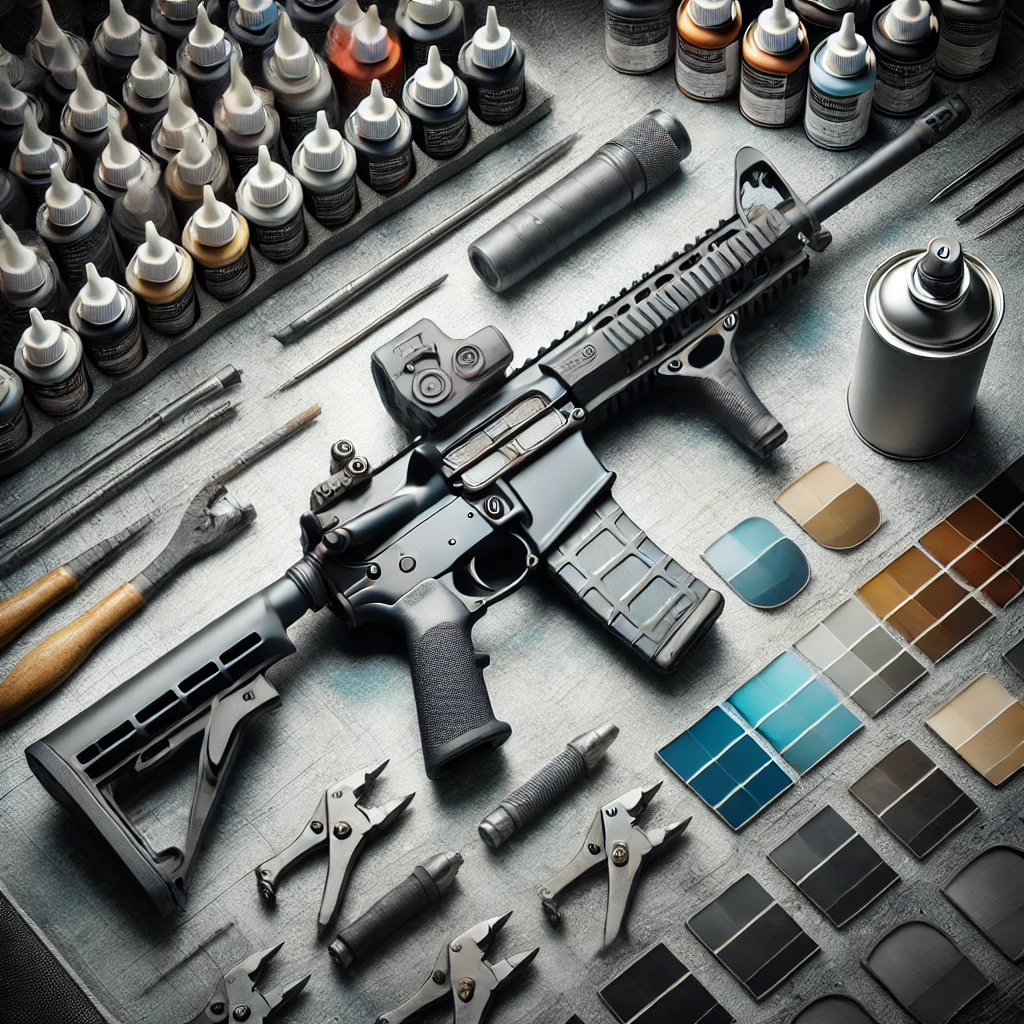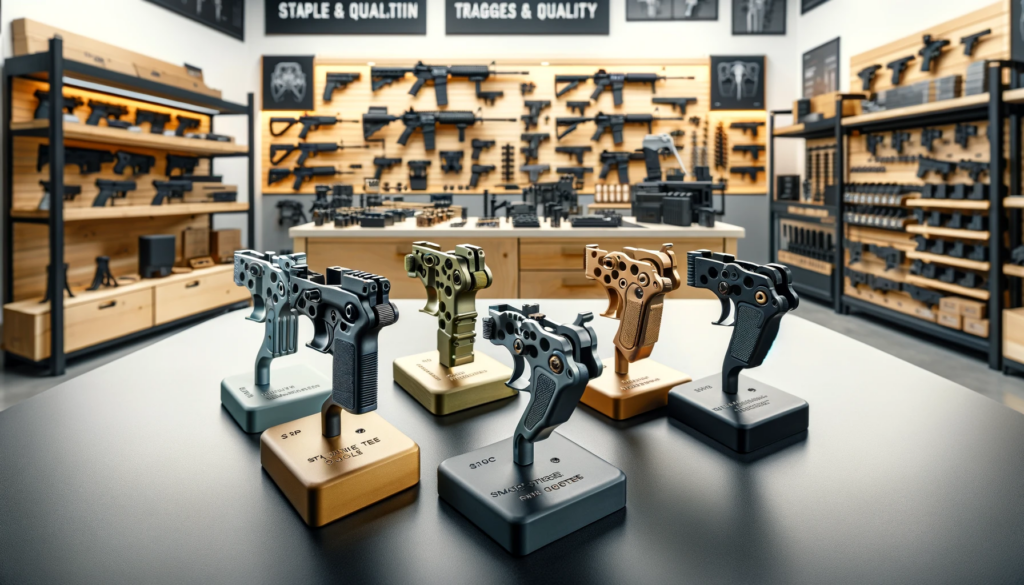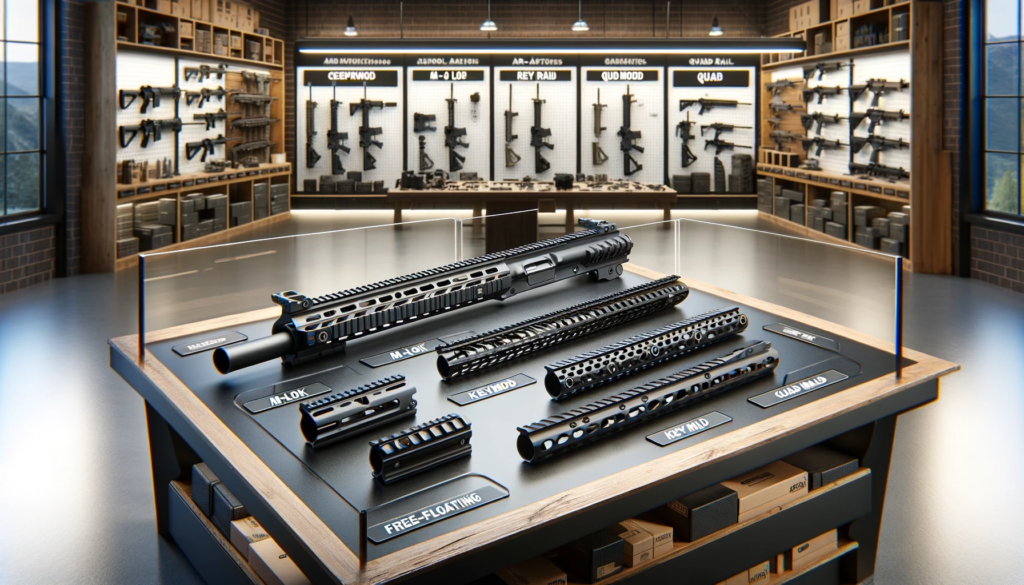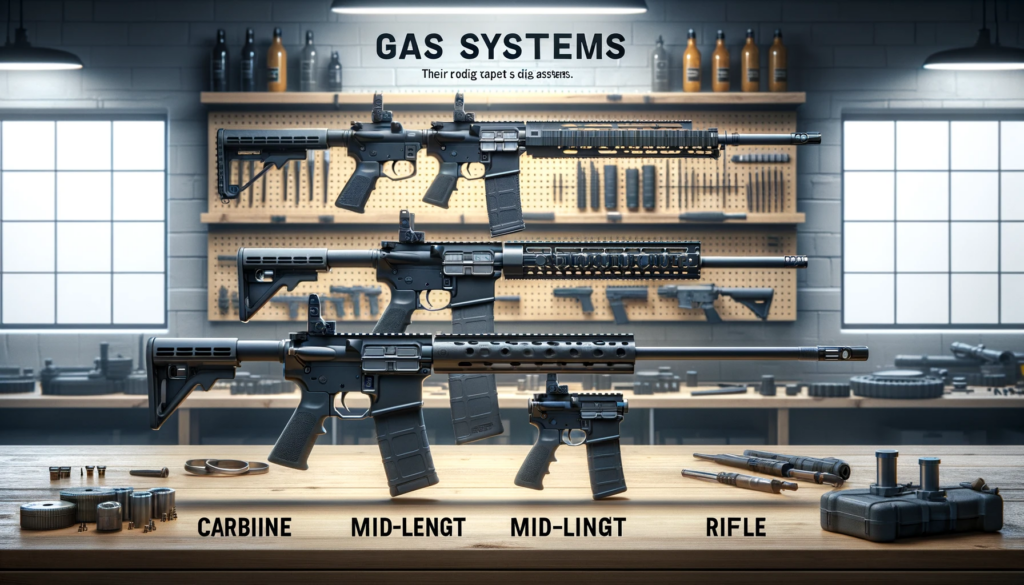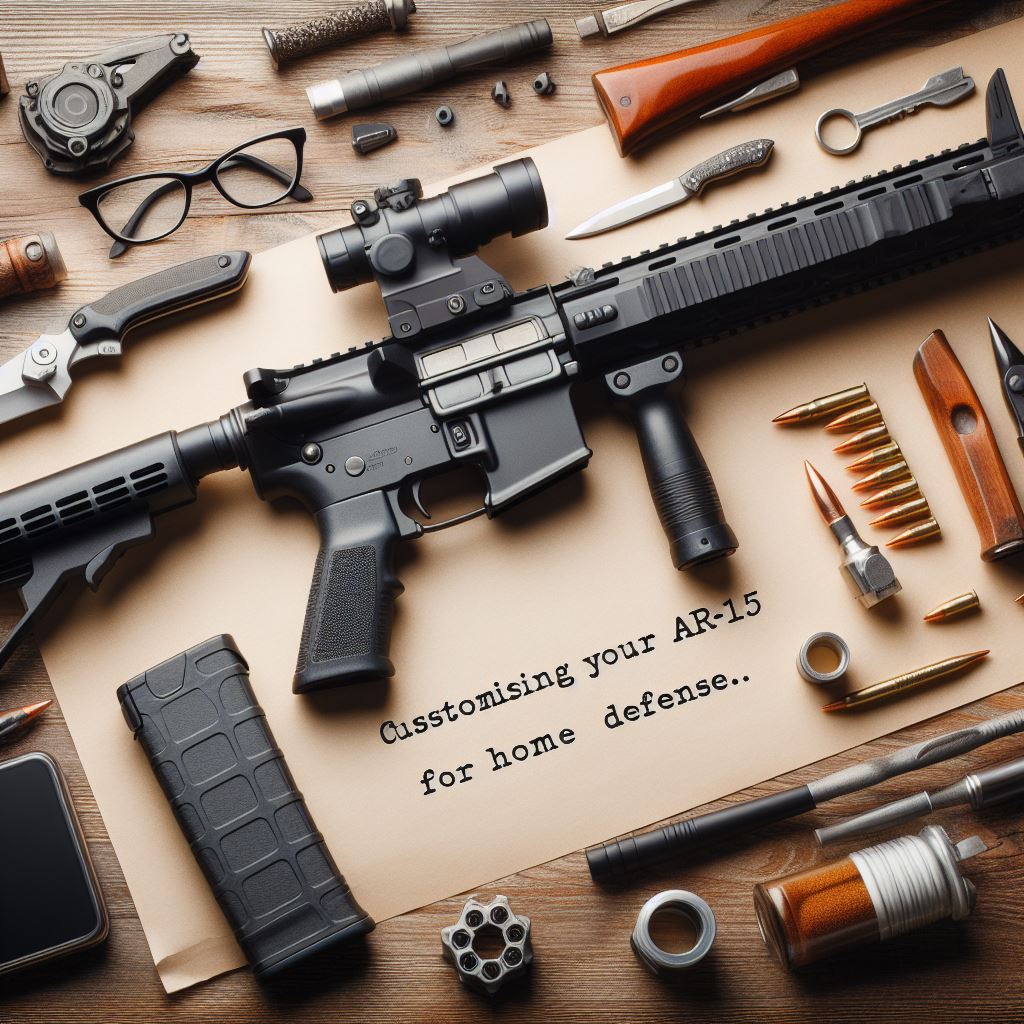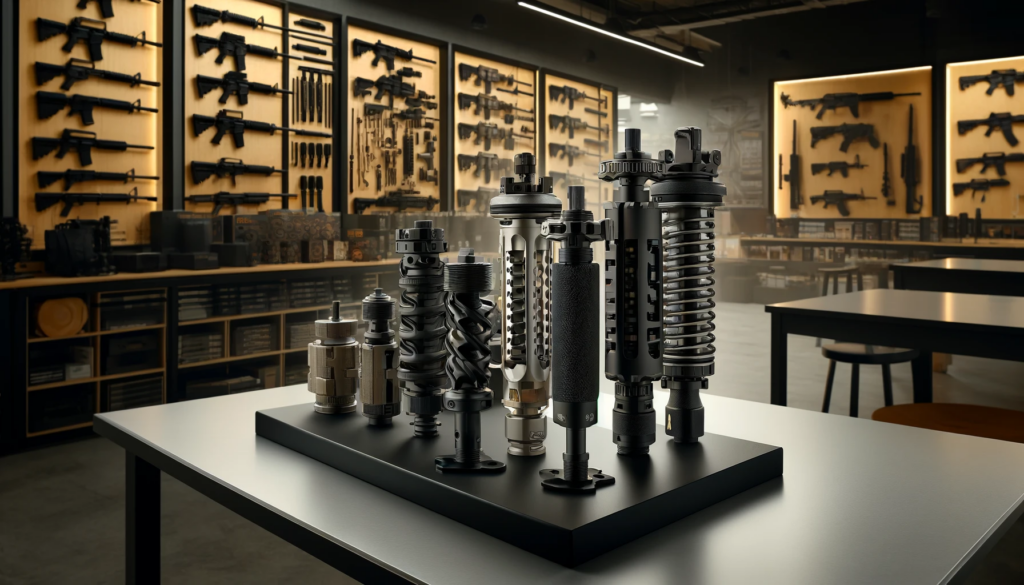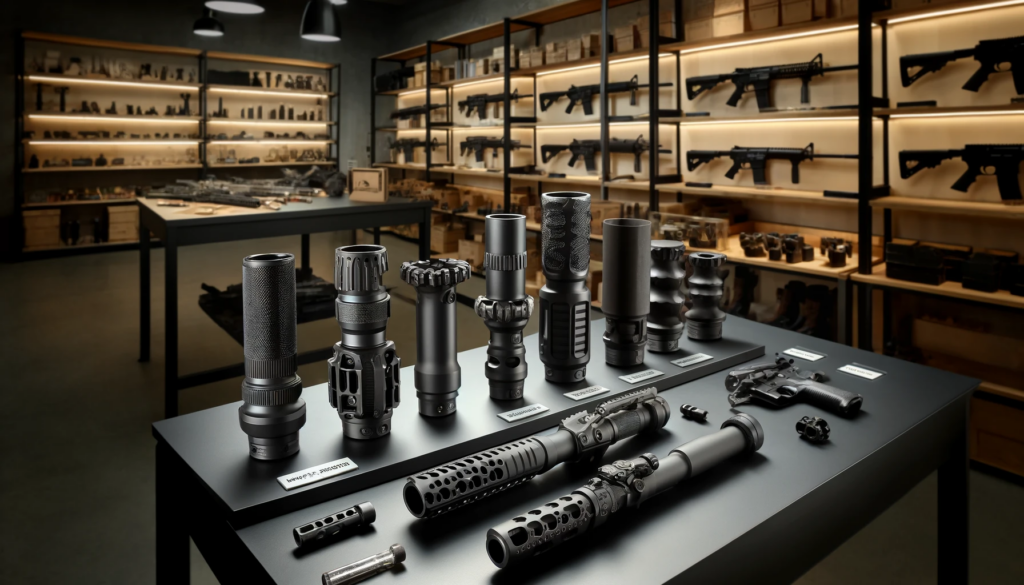- M-LOK Handguards
- M-LOK Accessories
- KeyMod Accessories
- Barrels
- Bolt Carrier Groups
- Charging Handles
- Complete Kits
- Gas Blocks
- Gas Tubes
- Iron Sights
- Lower Parts
- Mags
- Muzzle Devices
- Pistol Stock Sets
- Pistol Grips
- Pistol Accessories
- Slings
- Stock Components
- Stocks
- Stock Sets
- Stock Sets With Matching Upper
- Tools
- Upper Kits
- Upper Parts
- Upper Receivers
- Upper Sets
- Vertical Grips
Top 5 Tactical Trends in AR-15 Accessories in Year 2025
Top AR-15 trends 2025: lightweight gear, advanced optics 🚀🔫
